The State of Reliability in PJM and Nine Slides From My Testimony in Ohio Explaining Why Costs Are Rising and Reliability is Faltering
Energy Bad Boys Roadshow: Ohio!
Last week, I was invited to testify on grid reliability at a joint hearing attended by Ohio and Pennsylvania legislators in Columbus, Ohio, by Representative Dick Stein, the Chair of the Ohio Public Utilities Committee.
The testifiers—all of whom were there by invitation only—included Asim Haque, the Senior Vice President of State Policy and Member Services for PJM, Jim Robb, the President and CEO of the North American Electric Reliability Corporation (NERC), and five others, myself included.
Each testifier conveyed the seriousness of the emerging reliability challenges in PJM, the largest regional grid operator in the U.S., serving 65 million people in 13 states and Washington, D.C.
All of the participants brought valuable insights to the table, and I’d encourage you to watch it by clicking here. For the purposes of this article, I will focus on Mr. Haque’s testimony and my own.
Mr. Haque explained that PJM is currently in a manageable position for capacity, but announced closures mean that the regional transmission organization (RTO) does not have time to waste. PJM currently has 184.8 gigawatts (GW) of installed capacity on its system, with approximately half of that capacity consisting of natural gas, with nuclear, coal, hydroelectric, and oil comprising the remaining significant generators on the system.
This will change quickly. According to the report Energy Transition in PJM: Resource Retirements, Replacements & Risks, PJM is set to see the retirement of 40 gigawatts (GW) of dispatchable thermal plants, mostly coal and natural gas. This means approximately 21 percent of the capacity in PJM will be retired by 2030.
The vast majority of new generating resources in the PJM interconnection queue are non-dispatchable solar and wind resources. The pie chart below shows solar accounts for 148 GW of capacity in the queue, storage at 55 GW, 43 GW of wind, and only 5.5 GW of natural gas are in the interconnection queue. Most of the natural gas capacity to come online consists of uprates at existing natural gas plants except for a lone new plant that will be built in West Virginia, an area of PJM that has vertically integrated utilities.
The retirement of thermal resources and projected load growth for data centers, industrial facilities, and electrification mean that PJM may not have enough generating resources to meet its projected peak demand by the end of the decade. Absent new dispatchable generators coming online in the next few years, PJM will need to either delay the retirement of coal plants or face declining reserve margins or insufficient resources.
It is worth noting that Mr. Haque emphasized that states, not PJM, have the responsibility to maintain resource adequacy on their electric systems multiple times during the question and answer period. Unfortunately, many states believe that they can impose whatever carbon-free policies they want, and the regional grid operator will just need to make the system work. My testimony explained why this strategy is planning to fail.
You can watch my whole testimony below. I’ve also posted some of my slides with light commentary below.
My panel was called Consumer and Generation Impacts, so my emphasis was less on the big picture of grid reliability and more focused on how current energy policies are undermining the reliability of the grid. Costs will rise while reliability falters. It’s the worst of both worlds.
First, I wanted to establish credibility with the legislators by explaining that Mitch and I have modeled energy policies in eleven states, and we have also modeled the impact of the Environmental Protection Agency’s (EPA) Coal Combustion and Residuals (CCR) and Ozone Transport Rules (OTR) regulations in the Midcontinent Independent Systems Operator (MISO) and Southwest Power Pool (SPP).
We were also the only organization to model the reliability impacts of the Biden Administration’s Carbon Rules in MISO, which you can read more about in our article “Enjoy the Blackouts, Jack.”
Consumers are increasingly asked to curtail their electricity use in the jurisdictions that have the heaviest reliance on wind and solar: California and Texas.
I also wanted the legislators to understand that MISO’s growing reliability problems will also be PJM’s problem. MISO is reliant on PJM for imports, and if MISO comes up short, PJM may be asked to help share the load for rolling blackouts.
The best way to keep the grid reliable is to keep existing coal plants online until new, dispatchable generators can come online.
It is imperative for state legislators to understand that the change in our generating fleet is driven almost entirely by public policies. These include state carbon-free electricity mandates and the myriad of EPA regulations that will likely be finalized early this year.
The reason these policies will end in rolling blackouts is because “renewables” can’t replace reliabiles. Shout out to
for their great analysis of the situation in Alberta a few weeks ago.Mitch and I have also seen substantial wind droughts in MISO. During January 2020, MISO experienced an 80-hour wind drought where wind turbines were producing less than 10 percent of their potential output. For 42 straight hours, the entire MISO wind fleet generated 1.5 percent of its potential output. As a result, a 1,150 megawatt (MW) coal facility, the Coal Creek Station in North Dakota, generated more power during much of this period than the entire MISO wind fleet.
The unreliability of wind and solar is what makes relying on them so expensive. In our report on Minnesota’s 100 percent carbon-free electricity mandate, Mitch and I concluded the state would need a wind, solar, and battery storage grid of 100,455 MW to meet demand for every hour of the year, compared to the current grid, which only has about 21,000 MW of installed capacity.
Overbuilding the system to this extent is incredibly expensive. The graph below shows what Mitch and I call the Levelized Cost of Intermittency. The massive amounts of overbuilding and curtailing of wind and solar, along with the additional load balancing costs from building battery storage, make these energy sources incredibly expensive.
Our research found for this specific energy system, the cost of serving load with wind was $272 per megawatt-hour (MWh) and the cost of using solar was $471 per MWh.
I always like to close with a joke or a funny analogy. A grid that is more reliant upon wind and solar is a grid that is more reliant upon chance for reliability. This is what I call “Dirty Harry Energy Policy”(TM). You just have to ask yourself one question: “Do I feel lucky?”
Thanks for reading this week’s installment of Energy Bad Boys. If you would like to have Isaac speak at your conference or event, reach out to us!
Here’s what we’ve been reading this week:
Green Hydrogen: A Multibillion-Dollar Energy Boondoggle: A great new study on the folly of “green hydrogen” by Jonathan Lesser.
The Oil Boom No One Cares About: An article about China’s oil boom by
“Electrify Everything” Slammed Again by the Ninth Circuit: Natural gas bans aren’t holding up in court by
Cogent Analysis: Why America’s energy abundance might mean we avoid a recession by





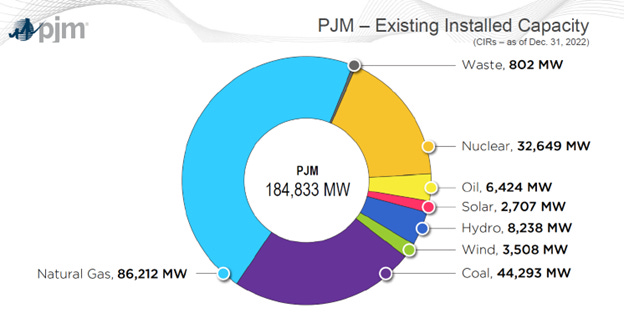
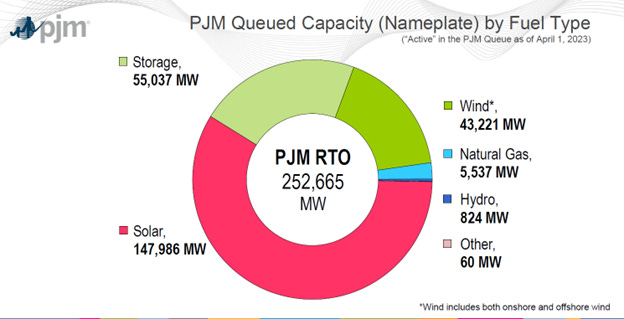
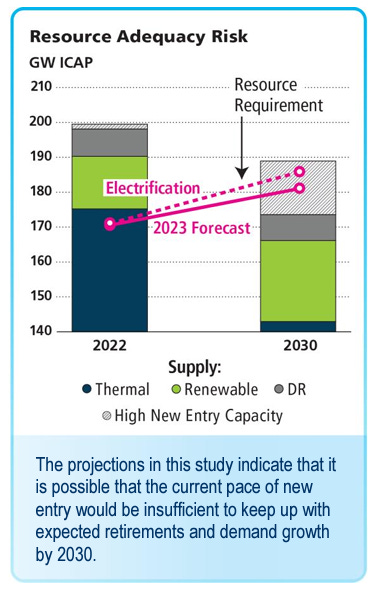
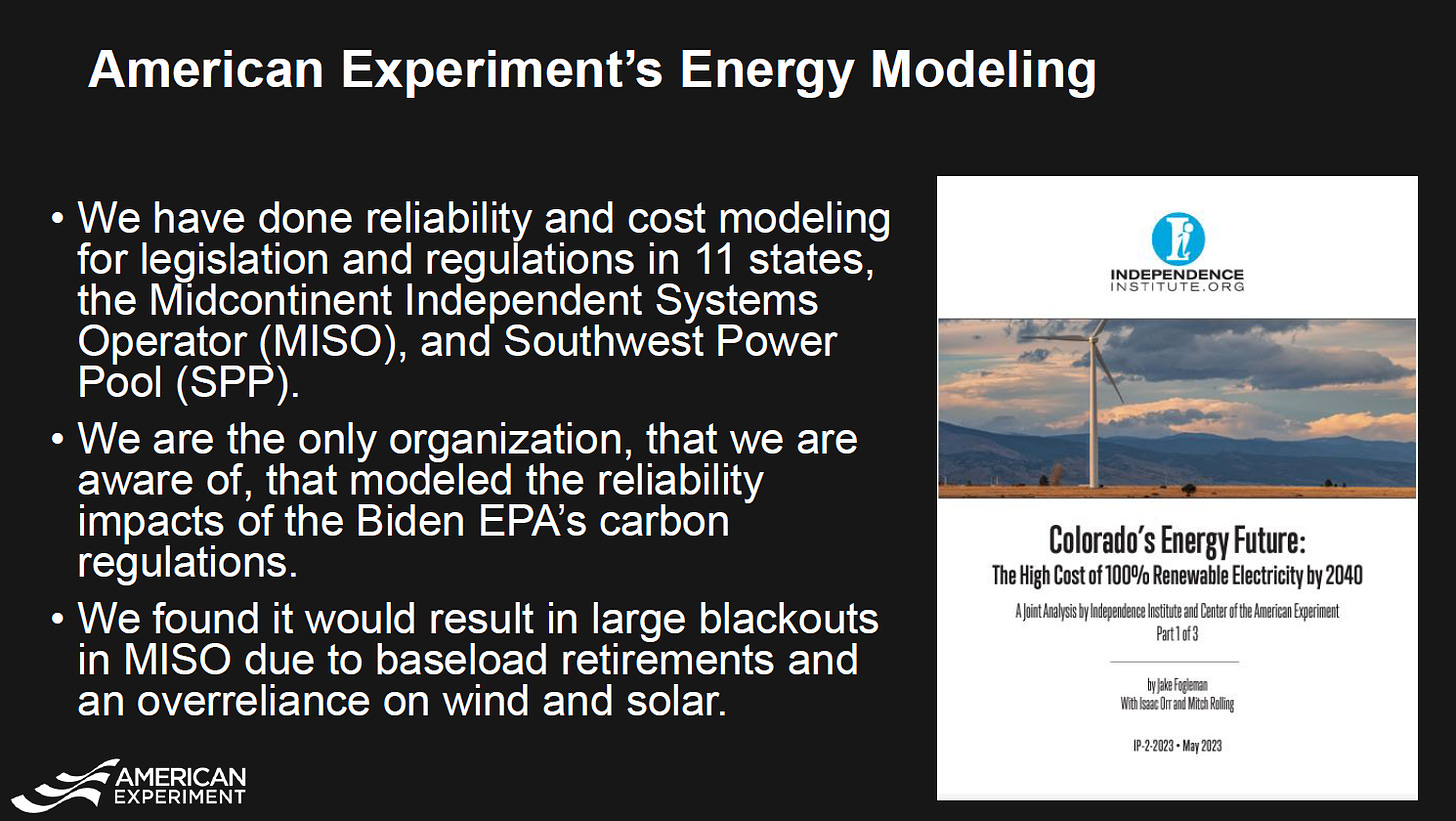
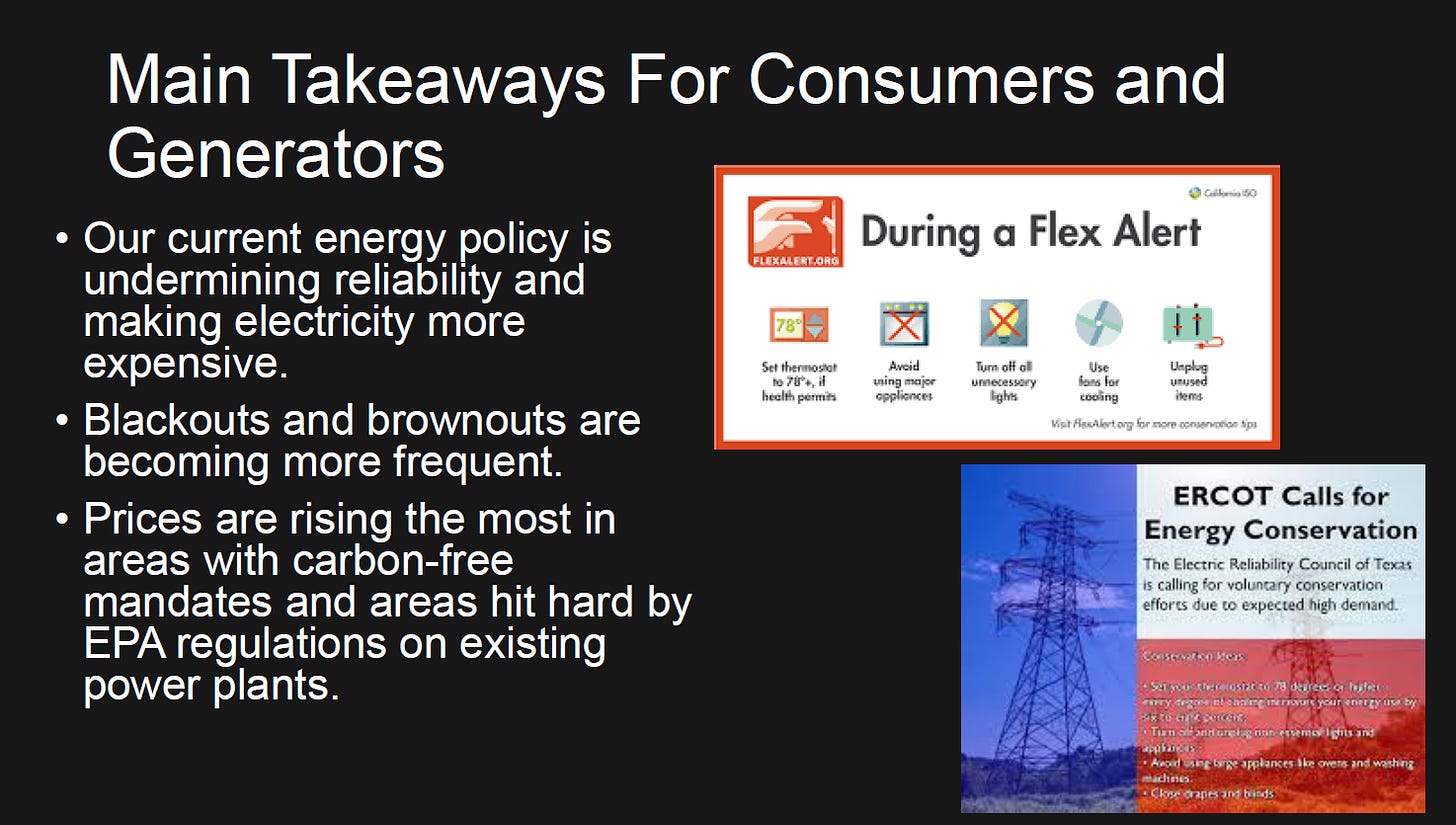

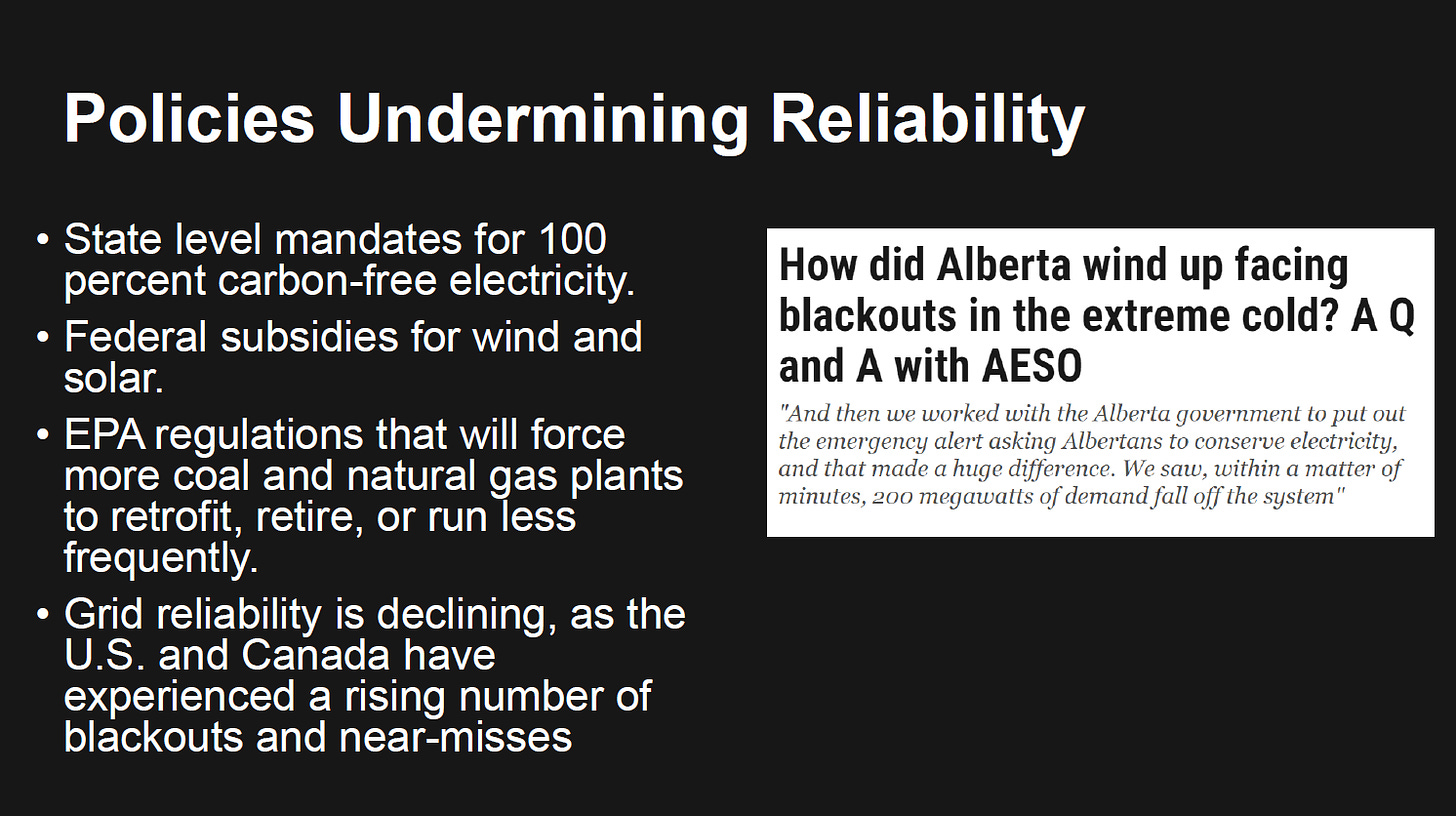

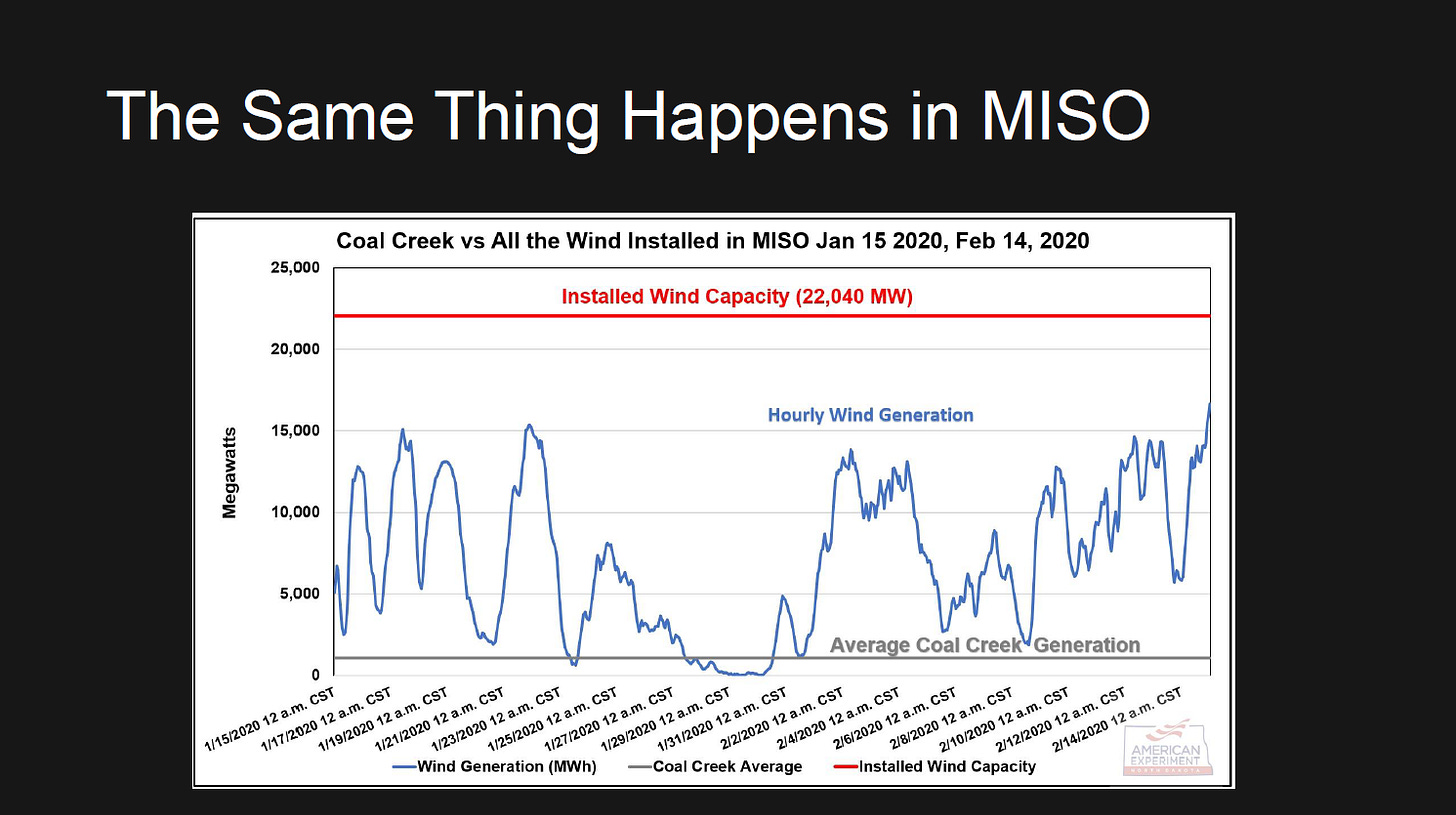
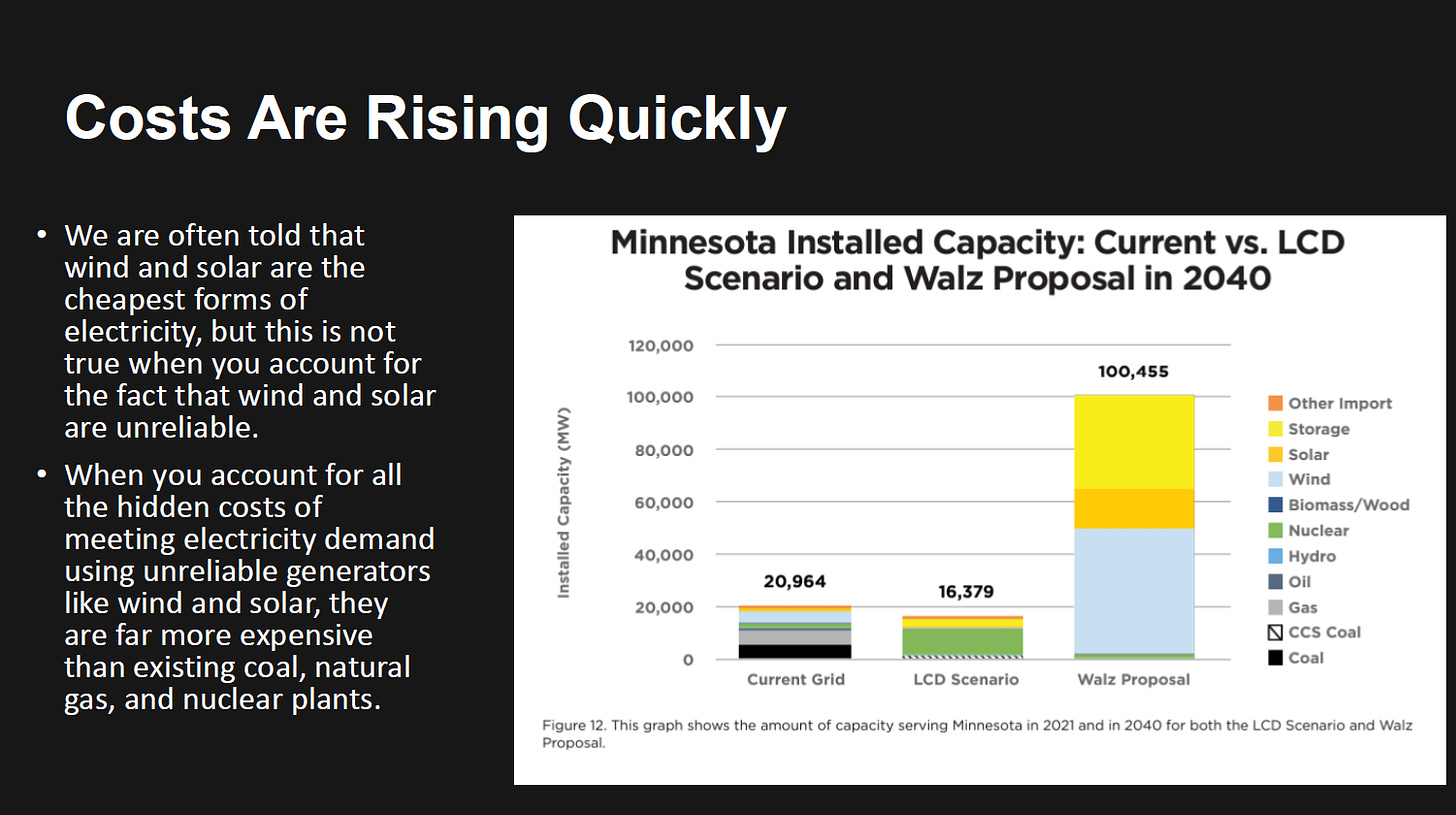

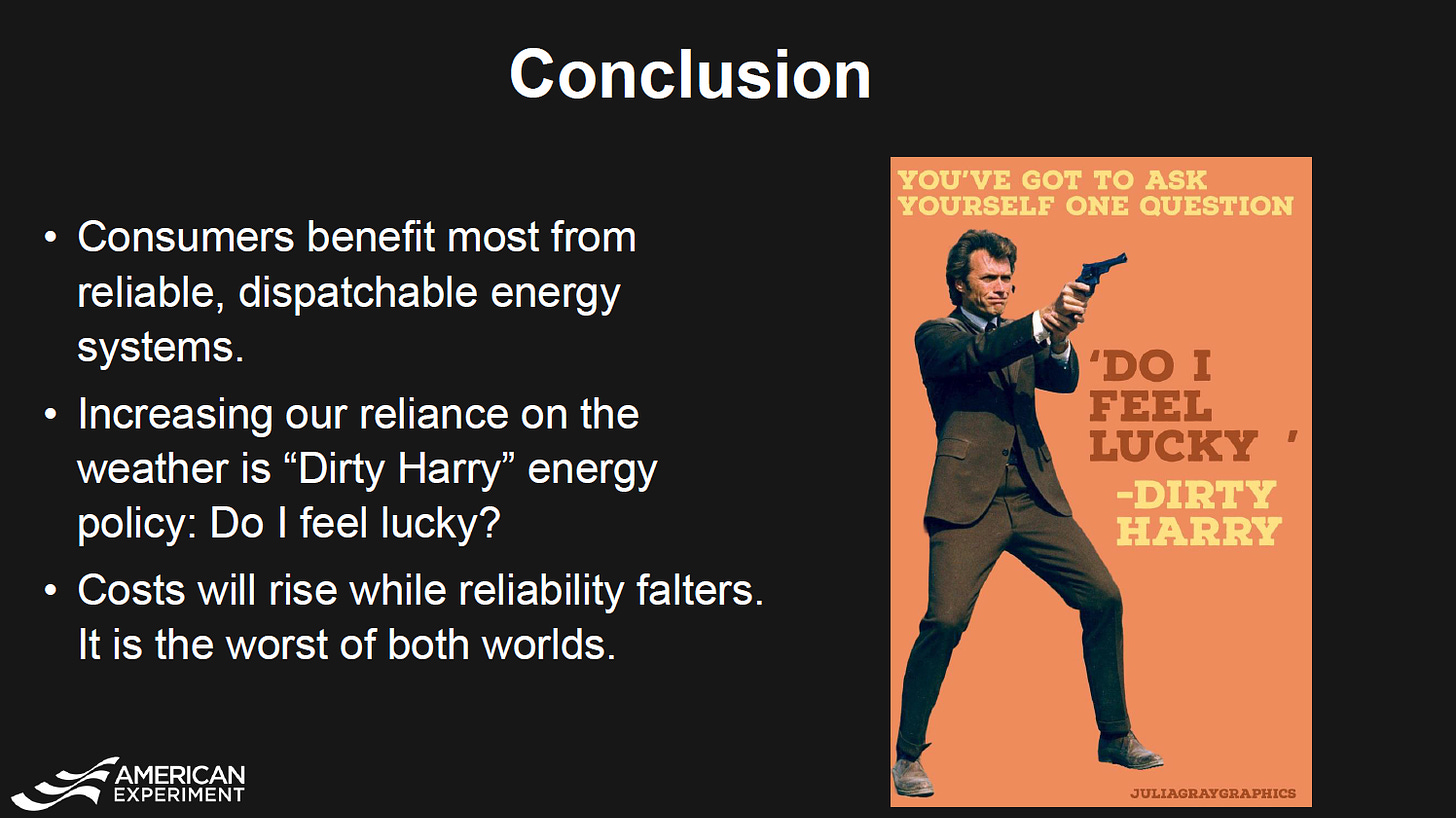
Watched the testimony - nice job!
I keep reading this section over and over again:
“It is worth noting that Mr. Haque emphasized that states, not PJM, have the responsibility to maintain resource adequacy on their electric systems multiple times during the question and answer period. Unfortunately, many states believe that they can impose whatever carbon-free policies they want, and the regional grid operator will just need to make the system work.”
It feels like people aren’t really internalizing this reliability finger pointing
👏 Isaac on another great piece Also 👏 PJM and PUCO for arranging these sessions and caring enough to try to get ahead of the curve. I saw the emails coming through seeking input requests. You are spot on with the coal retirements. Here in Ohio there is very little pressure coming from the State. It comes ismn the form of EPA regs and lawsuits by NGOs. An example wad the ash pond lawsuits for Gavin coal plant Basically a thinly disguised attempt to mothball the plant. Instead Gavin switched to dry ash handling I will admit to watching the que of plant applications with the Ohio Siting Commission and the virtual lack of anything thermal. It doesn't bode well. PJM can't maintain that critical capacity if no one is going to attempt apply to build any. Isaac do you have any suggestions on how to stimulate generators to build?